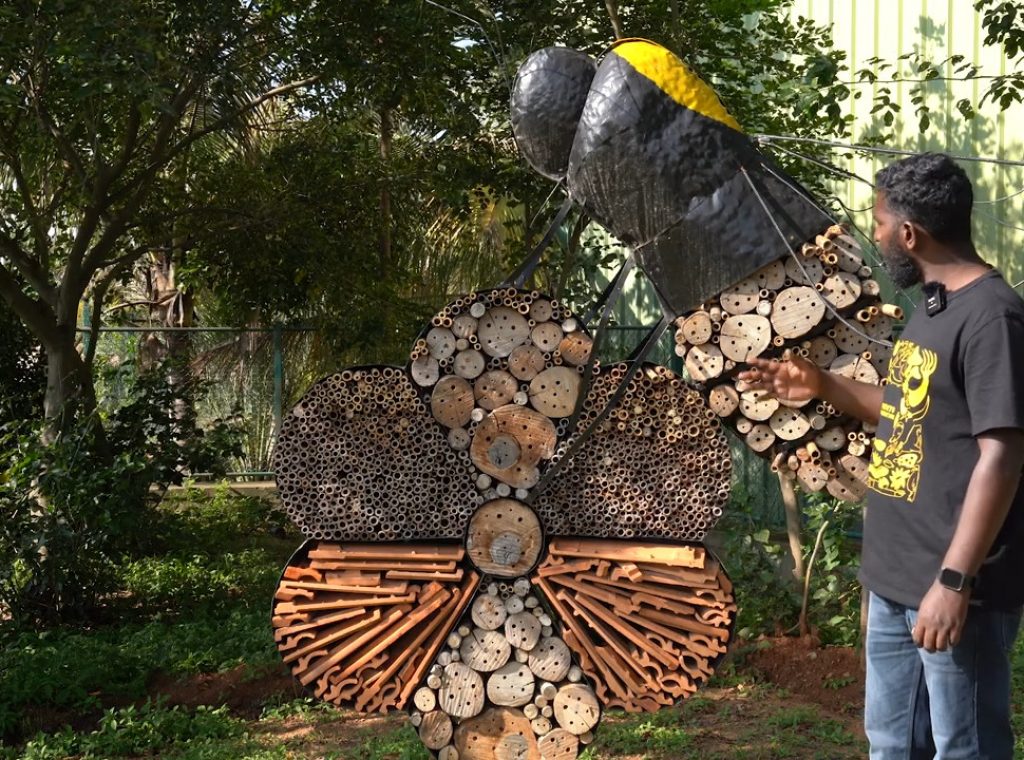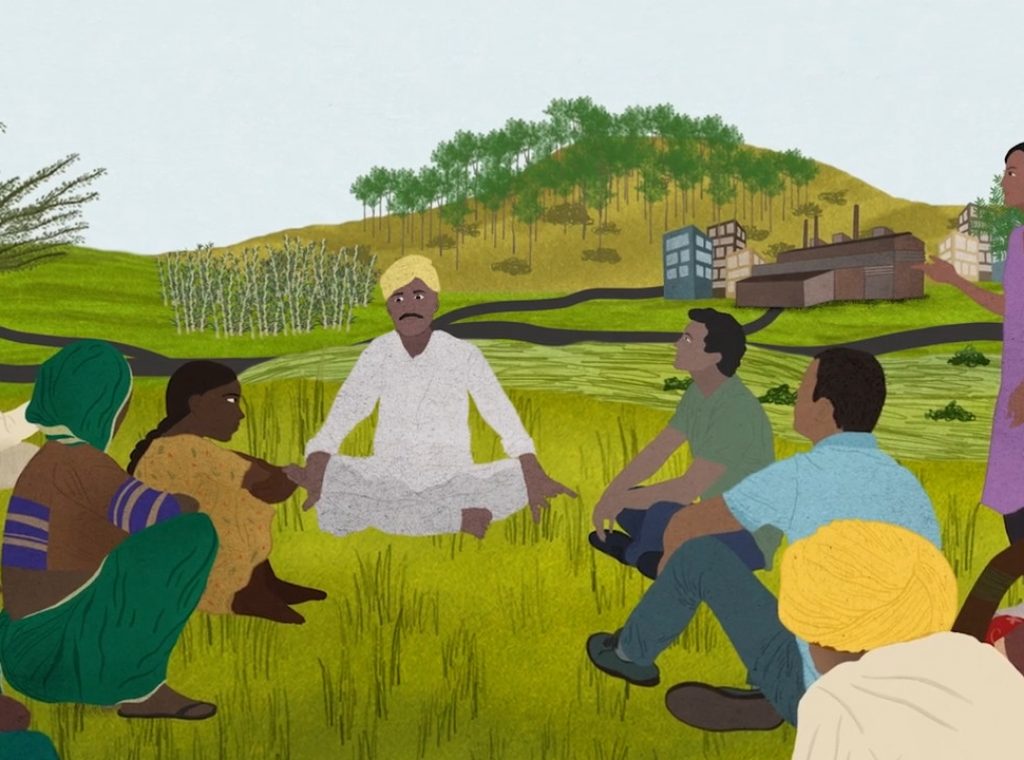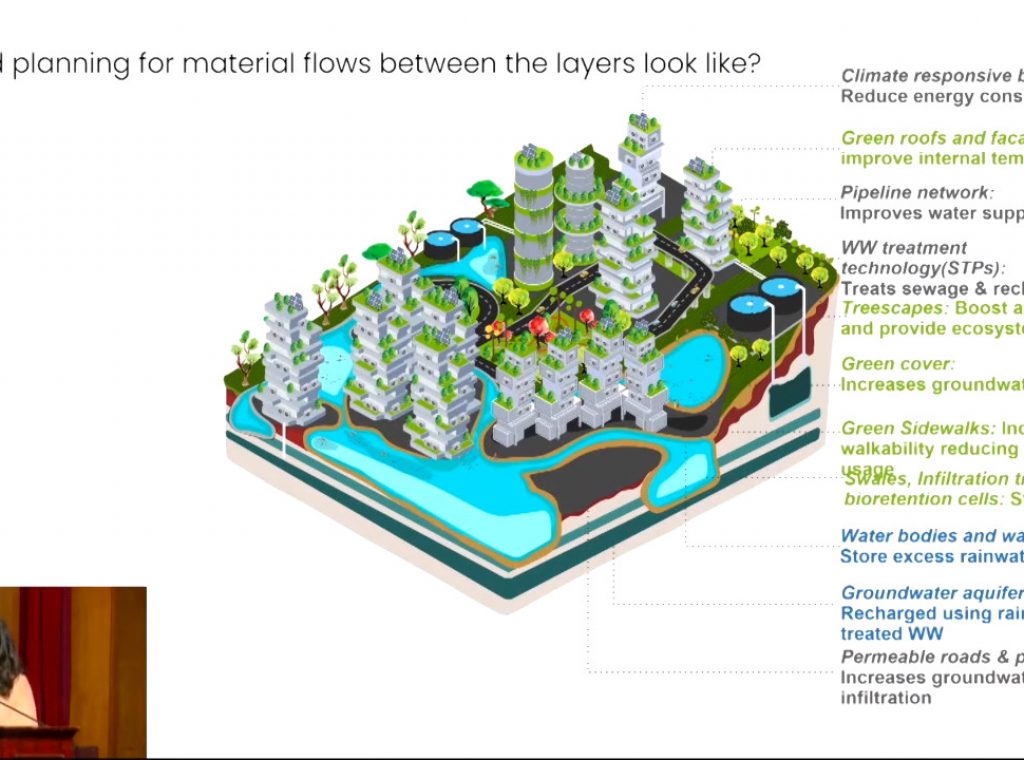Urbanisation and climate change have traditionally been addressed separately, neglecting their interconnectedness. This fragmented approach fails to address the exacerbation of climate impacts by rapid urban expansion and the growing vulnerabilities of urban areas due to climate change. To have an integrated approach is vital for sustainable solutions.
Overarching Question
How can fostering green spaces enhance human and non-human well-being in the face of urbanisation and climate change across the diverse landscapes?
Approach
Representative geographies and case studies
Pathways
Outcomes
Alignment With India’s International Commitments
Realisation of the objectives of this programme will contribute to India meeting its commitments to:






